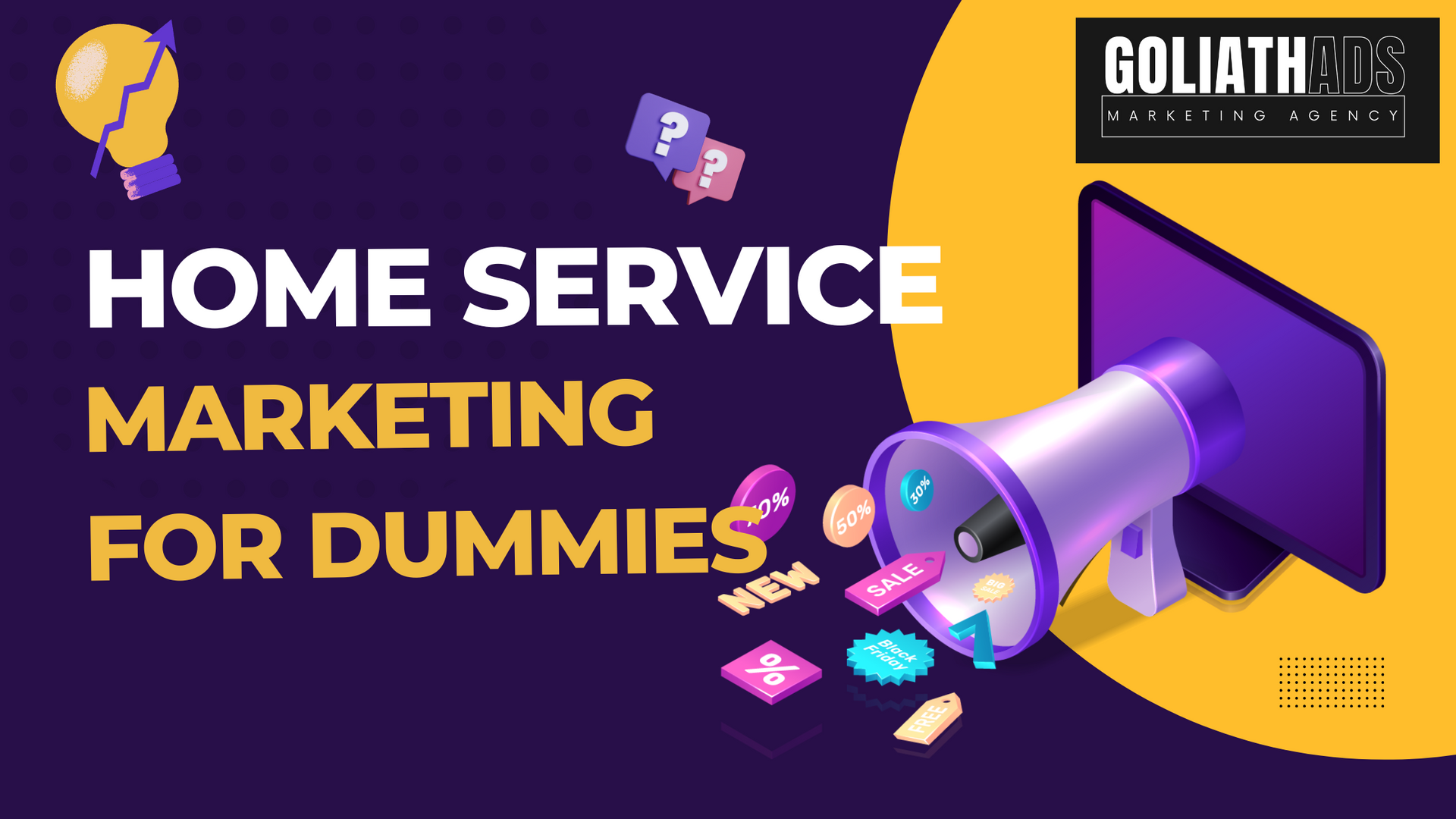In today’s saturated market, simply creating a product and hoping it will appeal to everyone is a strategy doomed to fail. The key to a successful product or service is understanding exactly who it is designed for – your target audience. But, how exactly do you find your target audience?
In this post, we’ll walk you through seven key steps to identify and understand your ideal customer, enabling you to tailor your marketing strategy effectively and maximize your business success.
Identify Your Ideal Customer Profile
The first step in finding your target audience is to identify your ideal customer profile. This involves a deep understanding of the characteristics of the person who would most likely need or want your product. Consider factors such as their age, gender, occupation, income level, and geographical location.
Also, identify their interests, hobbies, values and pain points. This is not to exclude potential customers who don’t fit this profile but to help you focus your marketing efforts where they’re likely to bear the most fruit. Remember, the better you understand your ideal customer, the more effectively you can tailor your product and messaging to meet their specific needs.
Research Your Target Market
After identifying your ideal customer profile, the next step is to research your target market in-depth. This involves gathering and analyzing data related to the market size, competition, and consumer behavior.
Market size can be determined by looking at the number of potential customers or the value of the market in dollars. This will provide insight into whether your product has a substantial audience to cater to.
When researching competition, understand who your competitors are, what they offer, their pricing strategy, and their market share. This helps in gauging where your product or service stands in the market.
Consumer behavior helps in understanding your customer’s purchasing decisions. It includes studying their buying habits, preferences, and their reaction to different marketing strategies. This will help tailor your product and marketing efforts to fit the habits and preferences of your consumers.
Remember, the purpose of researching your target market is to understand it as thoroughly as possible. The more information you can gather, the better equipped you’ll be to make informed decisions about how to approach your marketing strategy.
Utilize Social Media Listening Tools
Social media listening tools are an essential part of identifying your target audience. These tools allow you to monitor various platforms for mentions of your brand, competitors, and keywords related to your industry. This can offer valuable insights into consumer behavior, trends, and sentiment toward your brand.
By leveraging these tools, you can gain a better understanding of your audience’s needs and preferences, allowing you to tailor your marketing efforts more effectively. Platforms like Hootsuite, Sprout Social, and Brandwatch are excellent for this purpose. Remember, social media isn’t just a broadcasting platform, but also a valuable source of real-time consumer data.
Try Out Different Content Strategies
Experimenting with different content strategies is an essential step in understanding your target audience. Ranging from blog posts, infographics, podcasts, to videos, there are a multitude of content types that may resonate with your audience. By diversifying your content, you can engage with your audience in numerous ways and understand which style of content garners the most response.
For instance, some consumers might prefer in-depth written articles that provide a comprehensive understanding of a topic, while others might be more drawn to visually appealing infographics or short, snappy videos. Track engagement metrics like clicks, shares, and time spent on page to gauge the effectiveness of each content type.
Additionally, experimenting with different tones and messaging can also provide insight into what resonates with your audience. A professional, formal tone might be suitable for a B2B audience, whereas a casual, conversational tone might be more effective for a younger demographic. Remember, the goal is to understand what your audience responds to best, allowing you to tailor your content strategy accordingly.
Leverage Surveys and Questionnaires
Surveys and questionnaires are a powerful tool for gaining insight into your target audience’s preferences, behavior, and opinions. By creating and distributing a well-crafted survey, you can gather direct feedback from your customers, which can then be used to refine your product and marketing strategy. You can use platforms such as Google Forms, SurveyMonkey, or Typeform to create these surveys.
Include questions on their use of your product or service, their satisfaction levels, and any improvements they’d like to see. Additionally, inquire about their preferences regarding content types, marketing channels, and communication frequency. Remember, the goal is to collect as much relevant data as possible, which will help you to better understand and cater to your target audience’s needs.
Monitor Competition & Benchmarking
Monitoring competition and benchmarking is an essential step in understanding your target audience and enhancing your product and marketing strategies. By analyzing the strategies of your competitors, you can gain insights into what works and what doesn’t in your industry. Look at their marketing campaigns, the platforms they’re active on, and how they engage with their target audience. Additionally, consider their product features, pricing, and customer service.
Benchmarking, on the other hand, involves comparing your business performance against industry standards or direct competitors. Key performance indicators such as customer acquisition cost, customer lifetime value, engagement rate, and conversion rate are useful metrics for this process. By knowing where you stand, you can set realistic goals, identify areas for improvement, and track your progress over time. In doing so, you’ll ensure that your product and marketing strategies remain competitive and aligned with your target audience’s needs and preferences.
Analyze & Refine Your Strategies
The final step in understanding your target audience is to continually analyze and refine your strategies. This involves regularly reviewing your marketing efforts, studying the data collected, and making necessary adjustments to improve effectiveness.
For instance, if your social media campaign isn’t generating the desired engagement, consider tweaking your content, posting times, or the platforms you’re using. This process of analysis and refinement should be ongoing. It’s vital to remember that markets, technology, and consumer behaviors are always changing, and your strategies should adapt accordingly.
Tools like Google Analytics, Facebook Insights, and SEMrush can provide invaluable data for this process. Remember, the ultimate goal is to ensure that your product or service continues to meet the evolving needs of your target audience.
About Us
To be successful, businesses need to keep their marketing strategies relevant by monitoring changes in the marketplace and adjusting their tactics accordingly. Are you looking to develop a more effective marketing strategy for your siding business? We at Goliath Ads specialize in crafting unique, revenue-driven marketing strategies for businesses, both large and small. Whether you want to generate more leads, increase revenue, or enhance brand awareness our experts can help you achieve your goals with quality and consistent efforts. If you’re ready to work with the best of the best, get in touch with us today at 410-210-4568 to learn more about our solar digital marketing agency!



